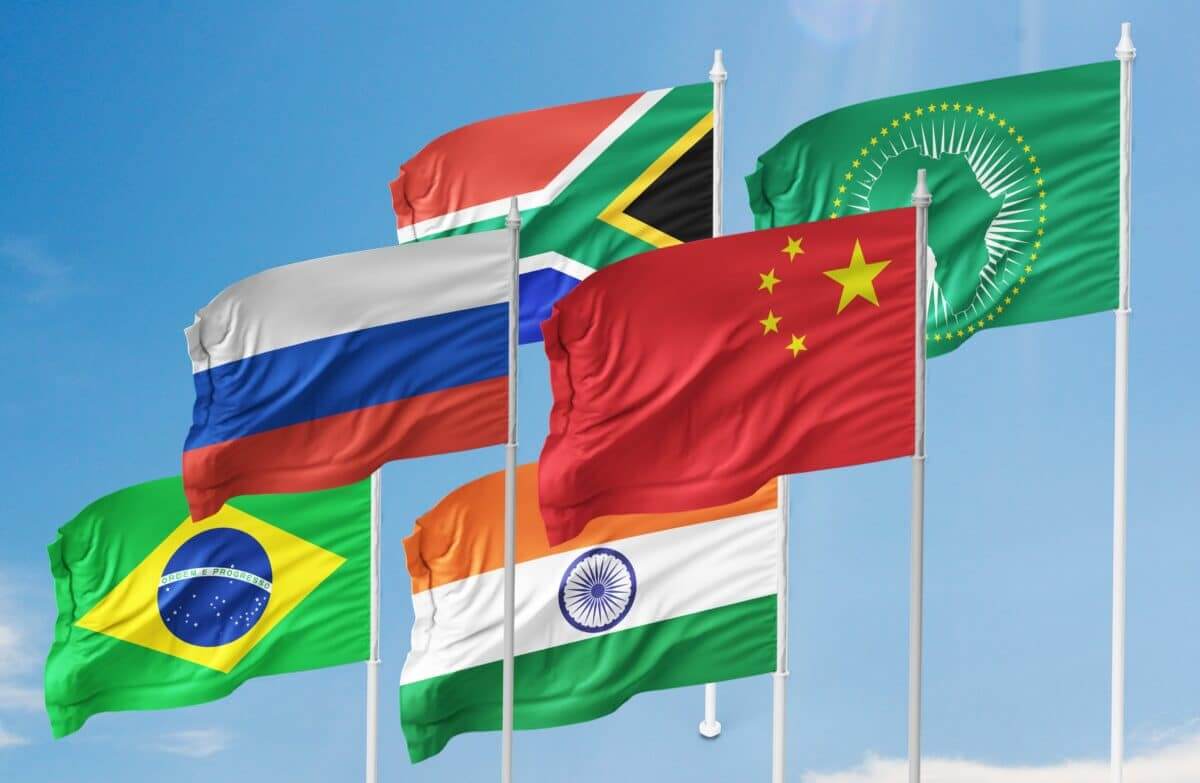`)
}
});
} else {
$(‘.blur’).css({
‘background’: ‘linear-gradient(95deg, #4e4e4e 25%, #000 45%, #bbb 75%, #FFFFFF 100%) 98%/200% 100%’,
‘text-transform’: ‘inherit’,
‘-webkit-background-clip’: ‘text’,
‘background-clip’: ‘text’,
‘-webkit-text-fill-color’: ‘transparent’
})
$(“.wpb_content_element”).append(`
Want to read more?
Click on the button below to access all premium content
articles by purchasing one of our educational packages
`)
}
});
Who are the brics, and what are they building?
BRIC is an acronym which was first coined in 2001 by Goldman Sachs economist Jim O’Neill to describe four fast-growing economies that he predicted would collectively dominate the global economy by 2050. These were, respectively Brazil, Russia, India, and China. South Africa joined later in 2010, and then BRIC became BRICS.
Now if the truth be told, I believe that there was more than a little tongue in cheek in this prediction. I mean, here he was, this economist predicting four economies which “will collectively dominate the global economy by 2050,” and the United States (US) was not even mentioned among them. Seriously?
In fact, I am sure he was not being totally serious. But it was his opinion, and I suppose we must respect this. But then maybe this BRIC statement should be seen for what it really was. Not so much a serious prediction as someone working at a major merchant bank and looking to drum up some interest in what are often referred to as “emerging economies.” And perhaps that promoted interest would enable Goldman Sachs to sell some more unit trusts dealing in Russia and India and the rest of them. As in many areas of life, if one wants to understand what is going on, one needs to follow the money.


































